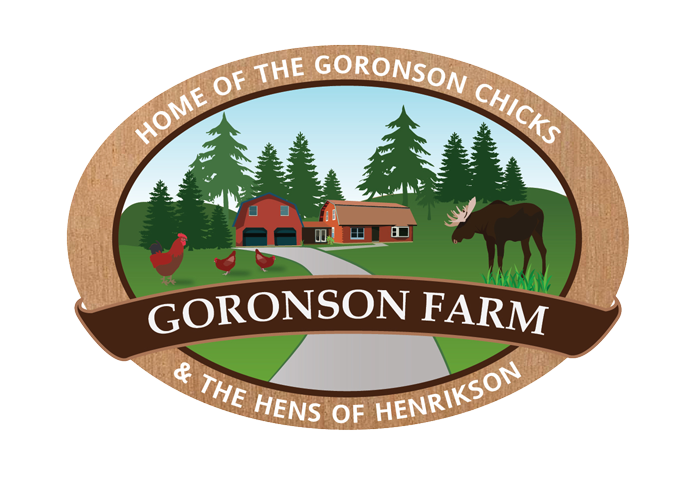Homesteading on a Small Farm in Maine
With rising food and fuel prices, and the threat of pesticides lacing our food, more families and food enthusiasts are looking for ways to add more organic local food to their diets. You don’t need a huge piece of land to grow your own food and still have enough left over to run a CSA or sell to your local food co-op. Keeping your overhead low is one of the keys to success. There is a lot that we can all learn from the “Old Timers” and much to learn from the “New Timers,” too.
The humane treatment of animals and our planet is so important. Most small farm customers are aware of the realities of industrial animal agriculture and the health benefits of eating higher-quality products from pastured poultry and organic fruits and vegetables. The idea of buying eggs from happy, free-range chickens is delightful.
[The same holds true for buying fresh fruits and vegetables from small farms. Here on the Goronson Farm, our poultry are part of our family. I have carried hot water out to the coops in mid winter, sat up all night with a sick chicken, worried about predators or my roosters getting along with each other and the turkey. I’ve had chickens who were sweethearts, those who were hilarious and some who were just plain characters. There is no better feeling than looking out my kitchen window and seeing our flocks running around our backyard in the sunlight, socializing, as I wash dishes and laugh.

